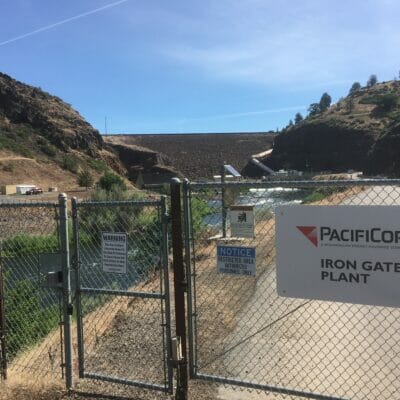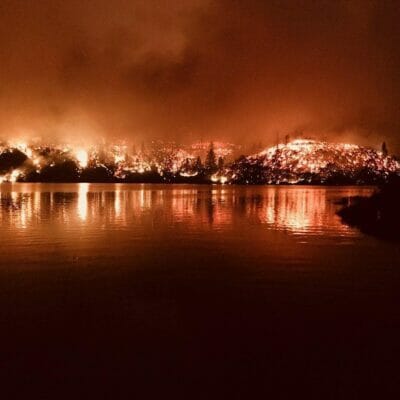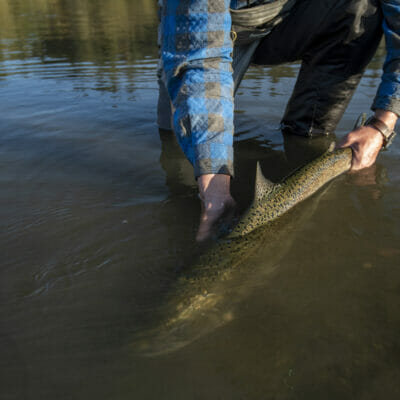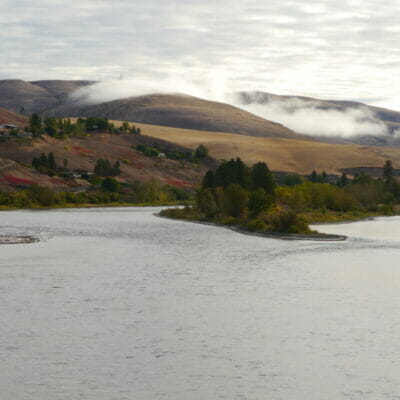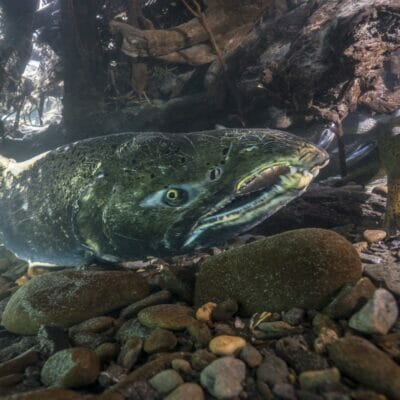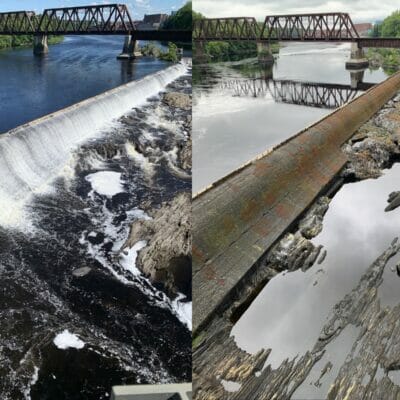The Klamath River is one of the country’s most beleaguered watersheds. But on July 27 the Oregon Public Utilities Commission provided some good news, when the agency approved an order granting transfer of four old fish-blocking dams to the Klamath River Renewal Corporation so they can be taken out.
People all around Oregon woke on Sept. 8, 2020, to high winds, extensive power outages and lots of speculation by foresters that it could be the worst day of fires in Oregon’s history. That’s exactly what it turned out to be for Chrysten Lambert, TU’s Oregon director for Western Conservation, and many others when three wildfires whipped through the area in a split second…
Pacific salmon and steelhead connect the Pacific Ocean to the Sawtooth mountains and persist at 1-2 percent of their historic numbers. Their decline precisely parallels the construction of the four lower Snake River dams
by Jim Strogen The Colorado River below Lake Powell is a blue-ribbon rainbow trout fishery loved by anglers across the country. While this reach is among the prettiest places that I have fished, and one that I try to return to as often as possible, there are issues on the river that are important to…
The equation is simple. It’s hot. It’s going to get hotter, which is why it is so urgent to increase access for salmon and steelhead to the thousands of square miles of the most climate-resilient, high-elevation habitat in the Snake River basin by removing the lower four Snake River dams
The current gauntlet that Snake salmon and steelhead run between their headwaters and the ocean—eight Snake and Columbia river dams and the slack-water, predator-filled reservoirs they create—are indiscriminate killers of both wild and hatchery fish
by Mark Taylor | June 29, 2021 | Barriers
When maintenance on the Lockwood Dam on the Kennebec River in Maine stranded more than two dozen endangered Atlantic salmon, Trout Unlimited members were there as part of a fish rescue team.
